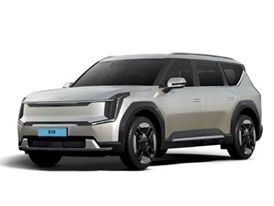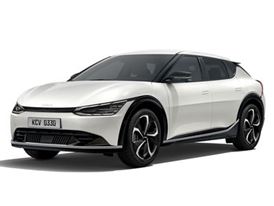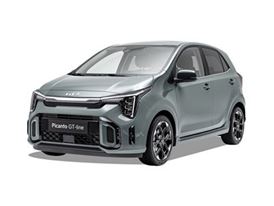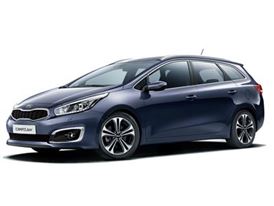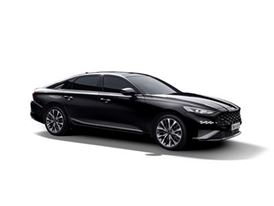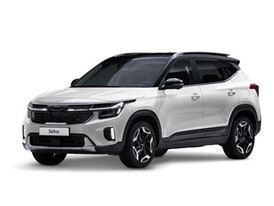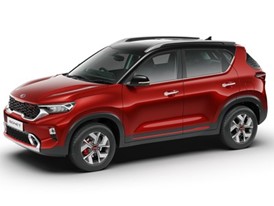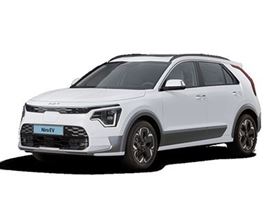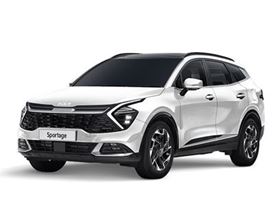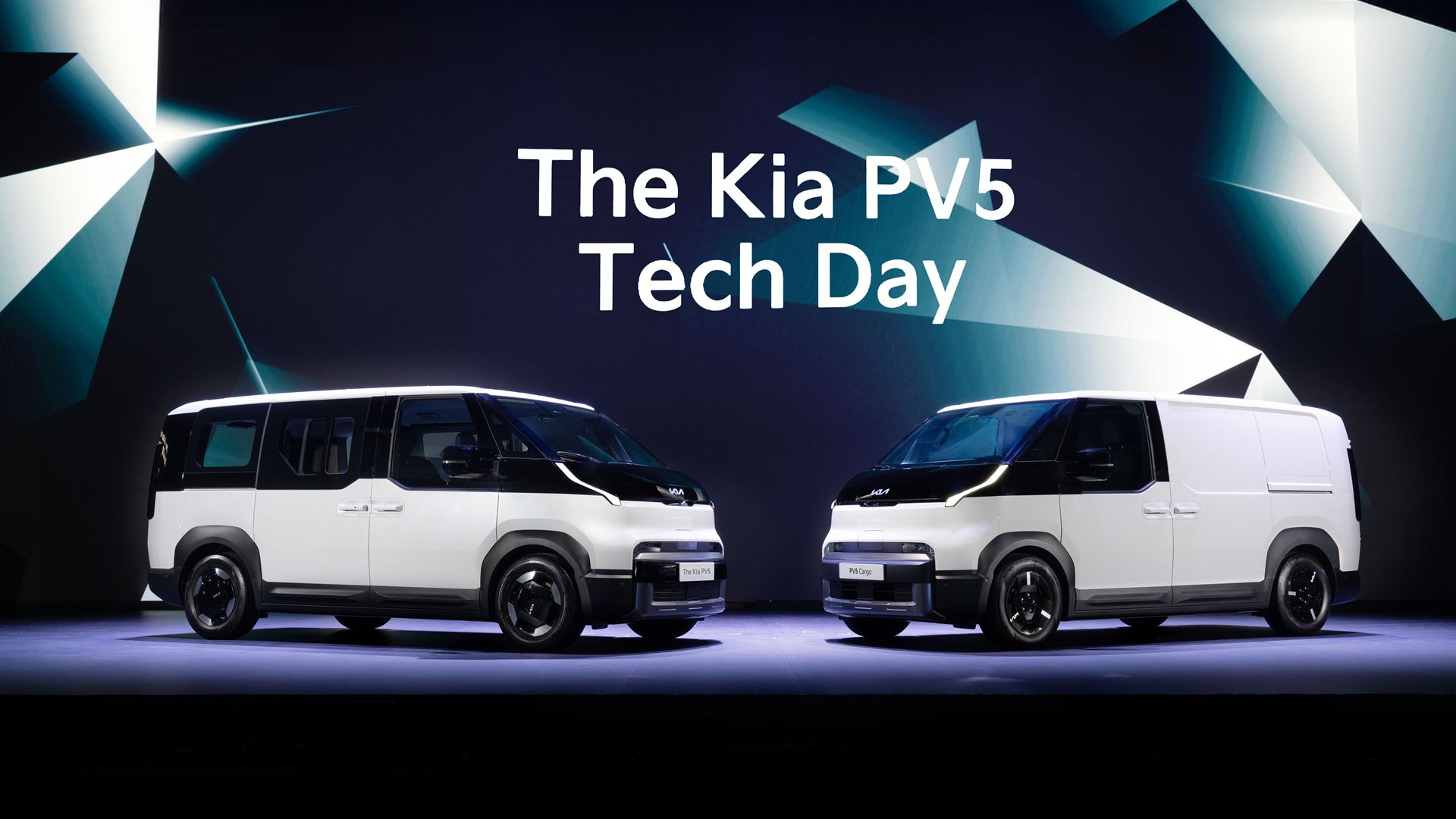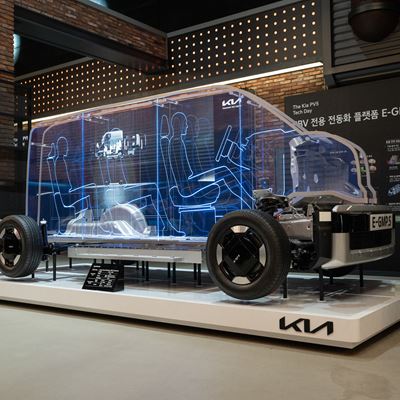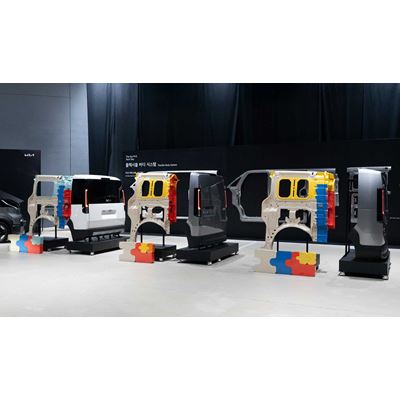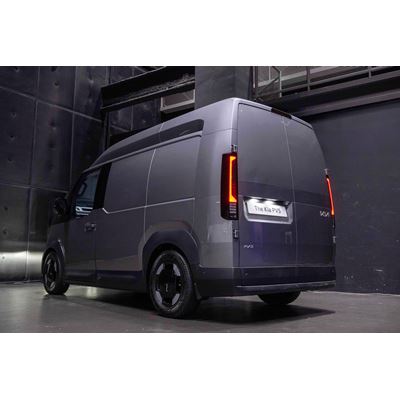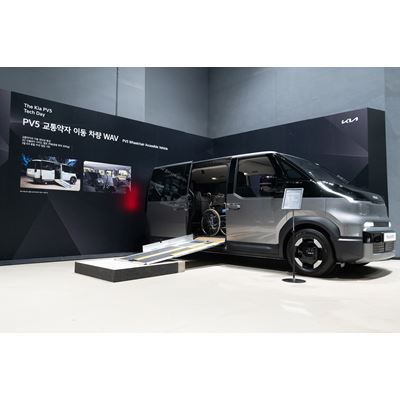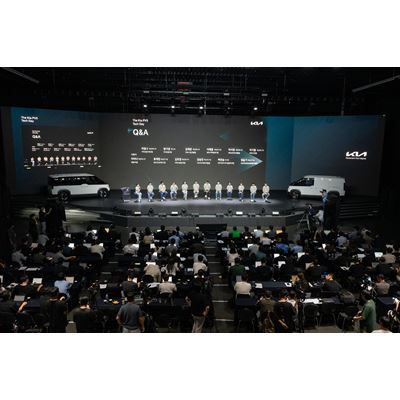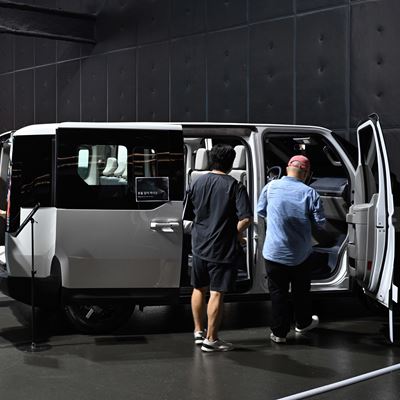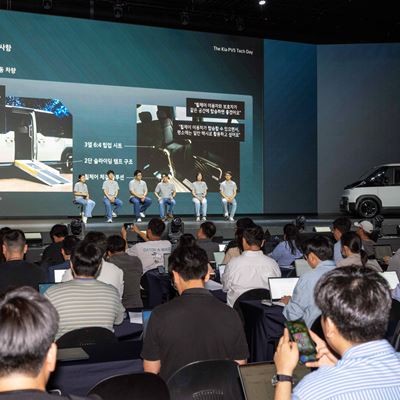Kia PV5 Tech Day: Technology for Limitless Mobility
- Kia PV5 utilizes Hyundai Motor Group’s new Platform Beyond Vehicle (PBV) architecture, the Electric-Global Modular Platform for Service (E-GMP.S), to optimize space and safety
- Flexible Body System enables up to 16 variants through a building-block modular approach
- Tailored for business with connected software, expandable accessories, and a professional conversion strategy enabling scalable lineup expansion
- Shaped by real customer input to deliver maximum practicality and seamless conversions
- Kia PV5 marks the beginning of Kia’s long-term strategy to position PBVs as a key driver of sustainable growth
Kia Corporation held The Kia PV5 Tech Day today at the IVEX Studio in Gwangmyeong, unveiling the development story, core concept and next-generation technologies behind its first dedicated Platform Beyond Vehicle (PBV), the Kia PV5.
In line with its global strategy to provide sustainable mobility solutions for all, Kia is setting a new benchmark for the rapidly evolving PBV market with the PV5, which is now moving into mass production with next-generation platform engineering and customer-led product development at its core.
Held under the theme “Technology that adapts, mobility that expands”, the event showcased Kia’s strategy to deliver flexible, future-ready mobility solutions that transcend traditional commercial vehicles — strengthening its position as a leader in sustainable, customer-driven innovation.
“The Kia PV5 is more than a vehicle – it’s the starting point of an entirely new, revolutionary, flexible mobility ecosystem shaped by real customer input from day one,” said Seokha Ju, Vice President and Head of MSV Project Group 3 at R&D Division. “Our dedicated PBV platform and conversion ecosystem prove that Kia’s PBVs can adapt to almost any need — redefining how people and businesses move.”
Customer-led development for maximum usability
Kia developed the PV5 through a PBV-exclusive process that actively integrated customer input from the ground up. Going beyond traditional customer research, Kia directly collaborated with global business clients in shaping both the hardware and software of the vehicle.
As part of this initiative, Kia hosted PBV Partners Day in 2022 and 2023, gathering over 120 customers from Korea, Europe, North America, the Middle East and Japan. These partners contributed hands-on feedback based on real-world business needs across mobility, logistics, delivery and utilities.
These suggestions directly shaped key features — including the removal of the front passenger seat to expand cargo space, the use of stain-resistant materials, and a ‘walk-through’ option on High-Roof versions that allows occupants to move between the cabin and cargo area without exiting the vehicle.
Kia also worked closely with mobility-impaired users to develop the PV5 WAV (Wheelchair Accessible Vehicle), featuring a gentle-sloped side-entry ramp, universal securing systems and a spacious low floor — addressing accessibility needs often overlooked in the segment.
These efforts were driven by Kia’s three core PBV development strategies: minimizing total cost of ownership (TCO), delivering PBV-specialized development and building a scalable ecosystem across both hardware and software.
Modular platform technology for adaptable performance
At the heart of the PV5 is Hyundai Motor Group’s (HMG) first dedicated PBV platform — the Electric-Global Modular Platform for Service (E-GMP.S). Building on the Group’s proven E-GMP EV technology, E-GMP.S features an Integrated Modular Architecture (IMA) that standardizes complex systems — including batteries, motors, suspension and underbody structures — to simplify development. By increasing the commonality of strategic modules, IMA supports horizontal deployment across vehicle segments, significantly reducing development time.
To maximize interior space, key Power Electric (PE) system components are optimally arranged within the ‘PE room’, with the driver's seat also positioned further forward than in a typical MPV. A low floor is made possible by adopting a suspension layout optimized for this architecture, while a multi-skeletal crash structure combined with ultra-high-tensile steel elements provides exemplary protection for occupants, cargo and critical components.
Battery safety is further enhanced through a reinforced front subframe, elevated ground clearance for improved protection across varied driving conditions and wider buffer zones between the battery pack and the vehicle body to protect against physical impacts.
Kia also designed E-GMP.S with serviceability in mind: modular brackets simplify maintenance, lowering the total cost of ownership for fleet operators. Kia’s dedicated PBV software ecosystem — including a fleet management system (FMS) and Android Automotive-based infotainment — enables business customers to manage, monitor and update their vehicles in real time.
To reduce total cost of ownership across the entire vehicle lifecycle, Kia optimized parts sharing and tailored its battery and motor systems for specific use cases, enhancing overall cost competitiveness.
The PV5 is available with a choice of three battery configurations: a 43.3 kWh LFP pack, a 51.5 kWh NCM pack and a 71.2 kWh NCM pack — all paired with a 120 kW electric motor producing 250 Nm of torque.
Flexible Body System: building-block modularity for real-world versatility
Kia’s Flexible Body System is a groundbreaking new design and production approach introduced for the first time on the PV5. Inspired by a building-block-style assembly, this PBV-specialized technology modularizes major components such as body structures, doors, tailgates, and both exterior and interior panels. This enables the flexible development and production of diverse vehicle configurations, while enhancing both design versatility and manufacturing efficiency.
The front cabin and first-row structure are standardized across all PV5 variants, while rear-end modules, quarter glass, and roof height can be flexibly swapped like puzzle pieces. This allows Kia to configure up to 16 different PV5 variants using just a handful of modular assemblies.
Initially, Kia offers seven base configurations, including passenger (long), cargo standard, cargo long and cargo high roof models. Among them, the cargo long variant is created based on the cargo standard model: by moving the rear overhang module to the back of the platform and inserting a long-body module. That same long-body base can easily be converted into a passenger model by swapping the quarter glass and tailgate models — demonstrating the system’s efficiency and cross-compatibility.
To further enhance body flexibility, structural integrity and repairability, Kia has also introduced dual-layer plastic composite rear garnishes with a three-piece design. These can be customized by size, shape and finish to suit different use cases and markets. The composite structure allows damaged sections to be easily and affordably replaced without disassembling the entire rear body panel.
For improved chassis durability and noise, vibration and harshness (NVH) performance, a ring-type exoskeletal frame reinforces the rear of the vehicle, while Long Body variants receive an extended dual-ring exoskeletal structure to enhance stiffness in both the rear-end and overhang extensions.
Even the exterior styling has been engineered for efficiency. Two types of stamped steel panels are used, depending on the second row sliding door and quarter glass configurations. Both panel types are shared across multiple variants, streamlining production while still offering distinctive design.
Flexible space, seamless modularity
With E-GMP.S and the Flexible Body System working in tandem, the PV5 delivers best-in-class space and usability. Although its overall length (4,495mm standard, 4,695mm long) places it in the C-segment, the PV5’s 2,995mm wheelbase and low-floor design maximize interior space and cargo capacity.
Passenger variants offer up to 3.6 m³ of cargo space with the second-row seats folded, delivering mid-size van practicality within a compact footprint. Despite its long wheelbase, the PV5 maintains a compact 5.5-meter turning radius for easy maneuverability in tight urban environments.
The PV5 portfolio includes versatile seating layouts — such as 2-3-0, 2-2-3, and 1-2-3 — alongside cargo variants in standard, long, and high roof formats. Step heights of just 399mm at the sliding door and 419mm at the tailgate, combined with the low-floor design, enable easy second-row access for all passengers, including children and older adults.
Cargo long models offer up to 4.4 m³ of volume, while High Roof variants extend to 5.1 m³. The High Roof also includes a walk-through option with a partition sliding door and a pop-up passenger seat, allowing movement between the cabin and cargo area without exiting the vehicle.
Kia Genuine Accessories further enhance usability, with options such as a luggage-flattening deck for camping and a cargo-floor leveling kit for large items or pallets. Additional smart storage solutions include top-tray USB ports, floor and door scuff trays, sliding center trays and large door pockets.
The PV5 also features a PBV-specific infotainment system built on Android Automotive OS, supporting a range of business-oriented features — including the Pleos App Market, which enables the use of third-party apps, and dedicated control of vehicle body functions for conversion models. This system is paired with the open-source AddGear platform — which allows users to attach accessories such as smartphone mounts, payment terminals or other business tools within the cabin — as well as roof mounting points and L-Track interfaces. Together, these form an expandable digital ecosystem tailored for business customers.
Additional features include Kia’s second-generation pedal misapplication prevention system and walk-away auto door locking for added convenience and safety.
Conversion-ready by design
Beyond its base models, the PV5 was designed from day one to enable seamless conversions. The new PBV Conversion Center, launching at the time of production, will offer factory-quality conversions built to the same durability and safety standards as Kia’s core lineup.
Donor models are pre-prepped with non-essential components removed — such as seats and trim — and come equipped with power supply points, PBV-specific control units and infotainment compatibility. This simplifies integration for conversion partners.
Kia’s Conversion Portal System gives global partners secure access to technical data, manuals and a one-on-one technical hotline — enabling high-quality, certified modifications worldwide.
Through this comprehensive conversion system and scalable hardware, Kia enables customers to implement tailored mobility solutions optimized for their daily operations and lifestyles.
Production begins – with more to come
Mass production of the first PV5 Passenger and Cargo Long models begins this month, with additional variants to follow sequentially. Kia plans to expand its PBV lineup — with the PV7 joining in 2027 and the PV9 arriving in 2029 — offering larger models to meet a broader range of business and lifestyle needs.
These models reflect Kia’s long-term strategy to PBVs as a key driver of sustainable growth, establishing a revolutionary and flexible mobility ecosystem shaped by real customer needs and powered by software-driven innovation.
MEDIA
PRESS RELEASE DOWNLOAD
MORE FROM Asia / Pacific News
-



Hyundai Motor Group Announces 2025 Year-End Key Executive Appointments
-
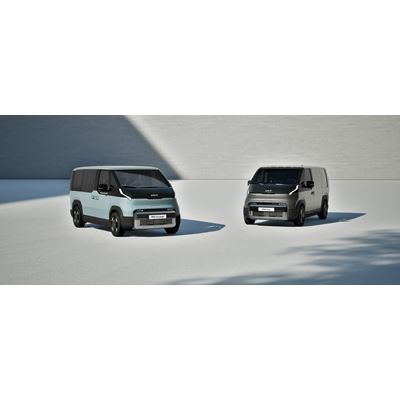


Kia PV5 Earns Global Recognition Across Performance, Safety, Design and Innovation in 2025
-
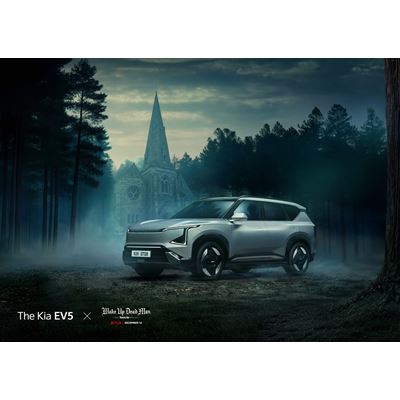


Kia Launches Netflix Film Collaboration: ‘The Kia EV5 x Wake Up Dead Man: A Knives Out Mystery’
-
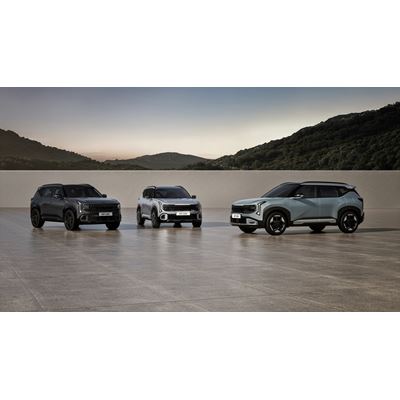


Kia Unveils the all-new Seltos: a Bold SUV with a Strong Presence and Maximized User Experience
